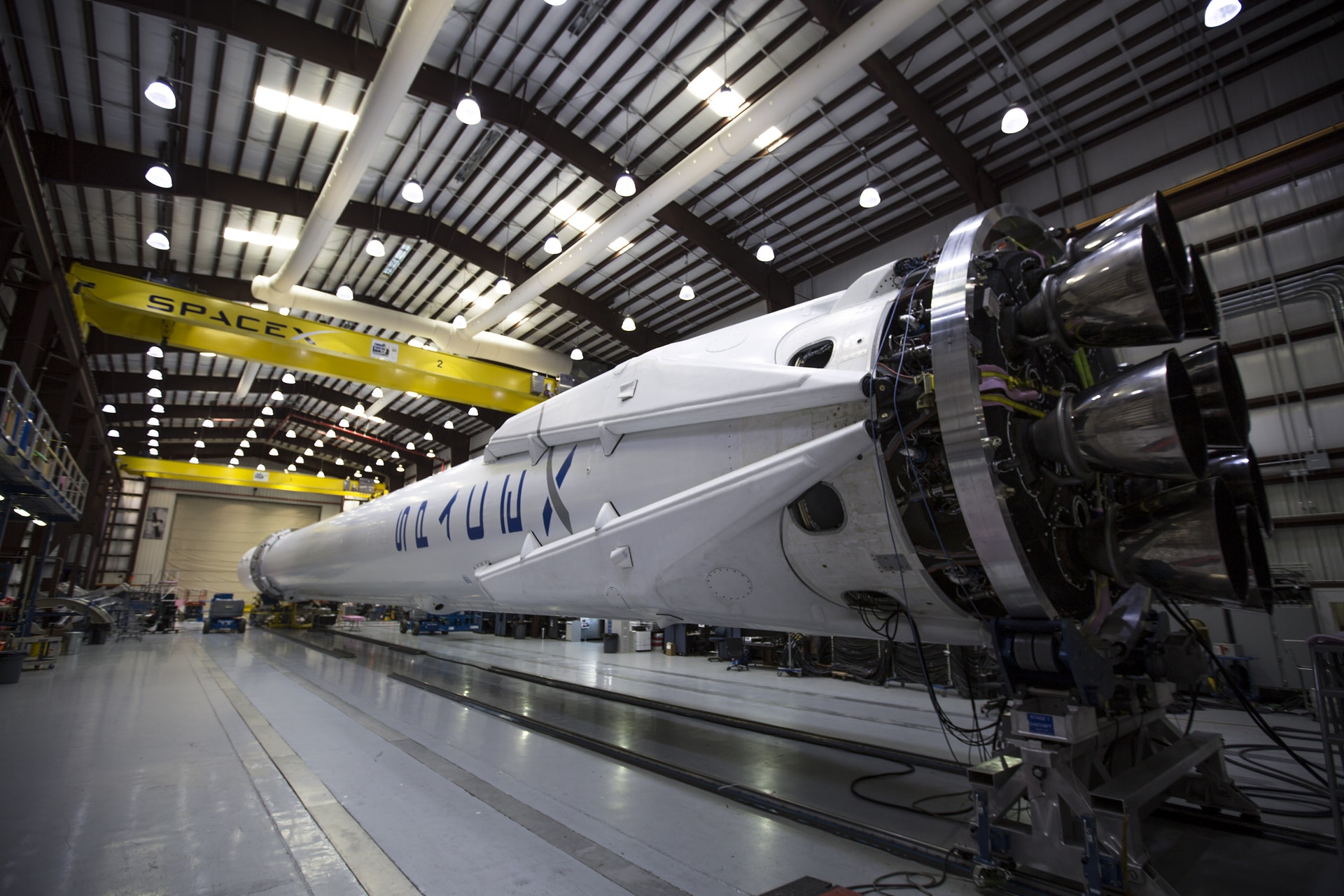Reusability – Getting to Space Just Got a Whole Lot Cheaper
Take a fresh look at the consumables in your supply chain.

On December 21, 2015, SpaceX’s Falcon 9 made history. After successfully delivering 11 communications satellites into low-Earth orbit, the nine-engine booster rocket returned safely to Cape Canaveral, landing dramatically on a jet of fire.
Less than a week later, SpaceX founder Elon Musk tweeted that the Falcon 9 was “back in the hanger … no damage found, ready to fire again”.
Reusability the Key
Placing satellites into orbit is no mean feat, but the astounding, history-making part of this operation was landing the booster. It’s all about reusability. Until now, putting a rocket into space has been prohibitively expensive due to the single-use aspect of launching. In his detailed explanation of Musk’s vision, Tim Urban of the website Waitbutwhy compares single-use spacecraft to air travel:
“Imagine the current air travel industry with one key difference: an airplane works for one flight only. Each flight is on a brand new plane, and after the flight, passengers exit into the terminal and the plane is broken down into scrap metal and possibly-reusable parts that are sent off to be refurbished for use in a future plane.
An airplane costs around $300 million to build. So in this new model, in addition to paying for the crew’s time and fuel, airlines have to spend $300 million extra each flight to build a plane. How would that change things?
First, there would be very few flights available—the schedule would be limited by the pace of plane production. Second, the price of a round-trip ticket between Chicago and San Francisco would now cost about $1.5 million per person. For economy.”[1]
Musk himself has stressed that reusability is the key to making human life multi-planetary:
“If one can figure out how to effectively reuse rockets just like airplanes, the cost of access to space will be reduced by as much as a factor of a hundred. A fully reusable vehicle has never been done before. That really is the fundamental breakthrough needed to revolutionize access to space.”[2]
Here’s how they did it: https://youtu.be/sSF81yjVbJE.
Reducing the Costs
So how will SpaceX’s achievement affect the costs of getting to space? With a human mission to Mars as the ultimate goal, back in 1989 NASA estimated it would cost $450 billion to send 4-6 astronauts, about $100 billion a seat. This was upgraded in 2004 to $50 billion, or $10 billion a seat. Musk has a per-seat goal of $500,000, 20,000 times less than NASA.[3] That’s less money than an average home loan in Australia.
The huge reduction in costs will be brought about through a combination of revolutionary improvements, including low-cost propellant, making the return propellant on Mars,[4] and having approximately 100 paying passengers per flight. The biggest saving, however, will be through the rapid reusability of rockets, where the only costs involved are maintenance, life-support and refuelling.
The closest NASA has come to reusability was through the now-retired Space Shuttle program, which was able to land the spacecraft itself but not the booster, costing over $200 million per astronaut.
What About Your Supply Chain?
The Falcon 9 story is inspirational in the sense that SpaceX has achieved something that the world’s best aeronautical engineers said could never be done. The single-usage problem has been unsurmountable for decades, but SpaceX solved the puzzle and other organisations will soon follow suit.
The message here for procurement professionals is to take a fresh look at the consumables in your supply chain that could possibly be reusable. Whether the article is as expensive as a rocket booster or as cheap as office paper, it’s worth reconsidering whether items really are only suitable for a single use. Reusability is good for the bottom line, good for the planet, and will help put humans on Mars sooner than we think.
[1] http://waitbutwhy.com/2015/08/how-and-why-spacex-will-colonize-mars.html/4#phase2
[2] http://www.spacex.com/news/2013/03/31/reusability-key-making-human-life-multi-planetary
[3] http://waitbutwhy.com/2015/08/how-and-why-spacex-will-colonize-mars.html/4#phase2
[4] Propellant can be created using Mars’ CO2 atmosphere and the H2O frozen in the soil.